I use iovation framework in my current swift project and I created a bridging header to be able to use it.
I have a struct instantiated in view controller and inside of the struct, I have a String which receives an iovation String! called ioBegin()
 The
The ioBegin() is a class method and looks like this in framework:
When I started using Debug Memory Graph to find Leaks of memory I had this result (I had the same result using Instruments):
I tried to use class instead of struct just because I found some explanation here.
I tried to use NSString (reference type) instead of String (value type) for deviceSig and I changed the LoginData from struct to class and my class looked like:
class LoginData: NSObject { ... }
Whatever I tried it didn't work. The iovation.ioBegin() is always seen as String!. I don't know what else I should try.
A similar question with the current one should be: Creat a memory leak with Objective-C and Swift but it doesn't help me at all.

